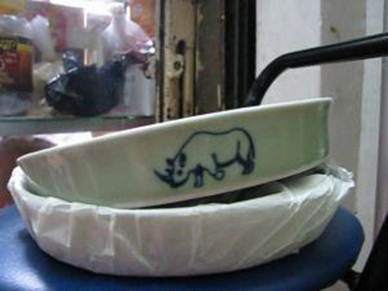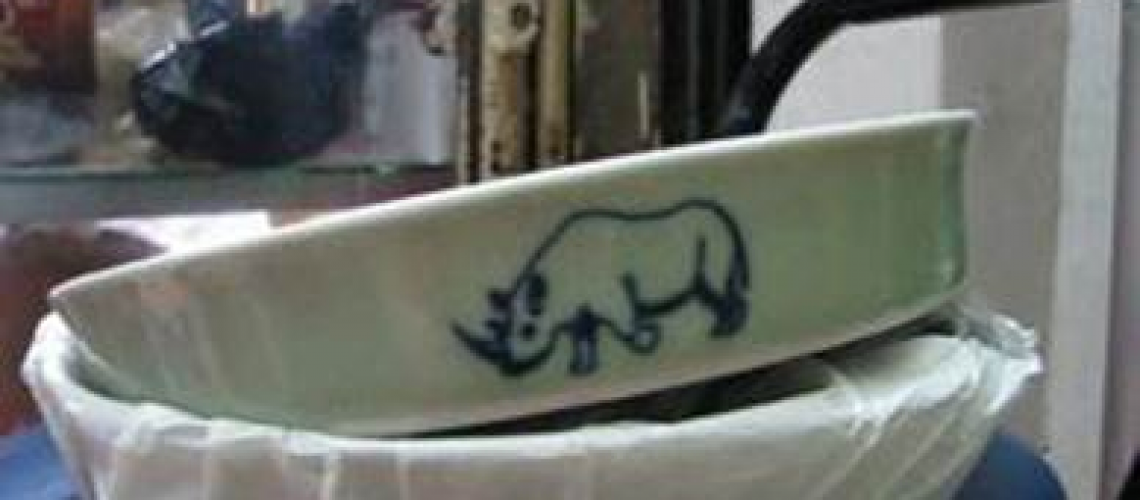
To properly understand TVM, we must first understand the philosophy of Eastern medicine or Dong Y, which dates back thousands of years. People belonging to Asian cultures are accustomed to relying on distinct health practices and beliefs that are significantly different from those of Western beliefs.
These Western principles are so different that it is often hard for us to comprehend.
We Westerners approach disease by assuming it is from an external force such as bacteria or virus or a slow breakdown of a functional ability of the body.
The cornerstone of Dong Y theory is based on the observed effects of Qi (energy) and the balance of Ying and Yang.
Asian patients have a mind-set where healthiness is a state of balance of Qi, or life-force, between physical, social and the supernatural. They perceive the body to be whole and each part intimately connected.
The system of TVM across most of Vietnam is built on the foundation that all living organisms are made up of the five main elements; wood, metal, fire, earth and water. These have the characteristics of hot, cold, wet and dry.
An imbalance in Qi can lead to an illness as it fails to travel through the complex channels of the body. Qi encompasses more than just energy. It is also blood and fuel gathered and stored by the body. The concept of Qi is universal – our energy and that of the universe is transferable.
Poor diet, hard work or a bad lifestyle can deplete Qi, just as maintaining a healthy lifestyle and practising breathing can restore or harvest energy from the universe.
The task of a traditional medicine practitioner is to identify and correct disharmonies based on the three divisions of Ying and Yang – cold versus hot, interior versus exterior and deficiency versus excess. Prescriptions of plant extracts and other elements can then be prescribed to correct an imbalance.
By Damien Mander
June 29 2012 at 11:56am

